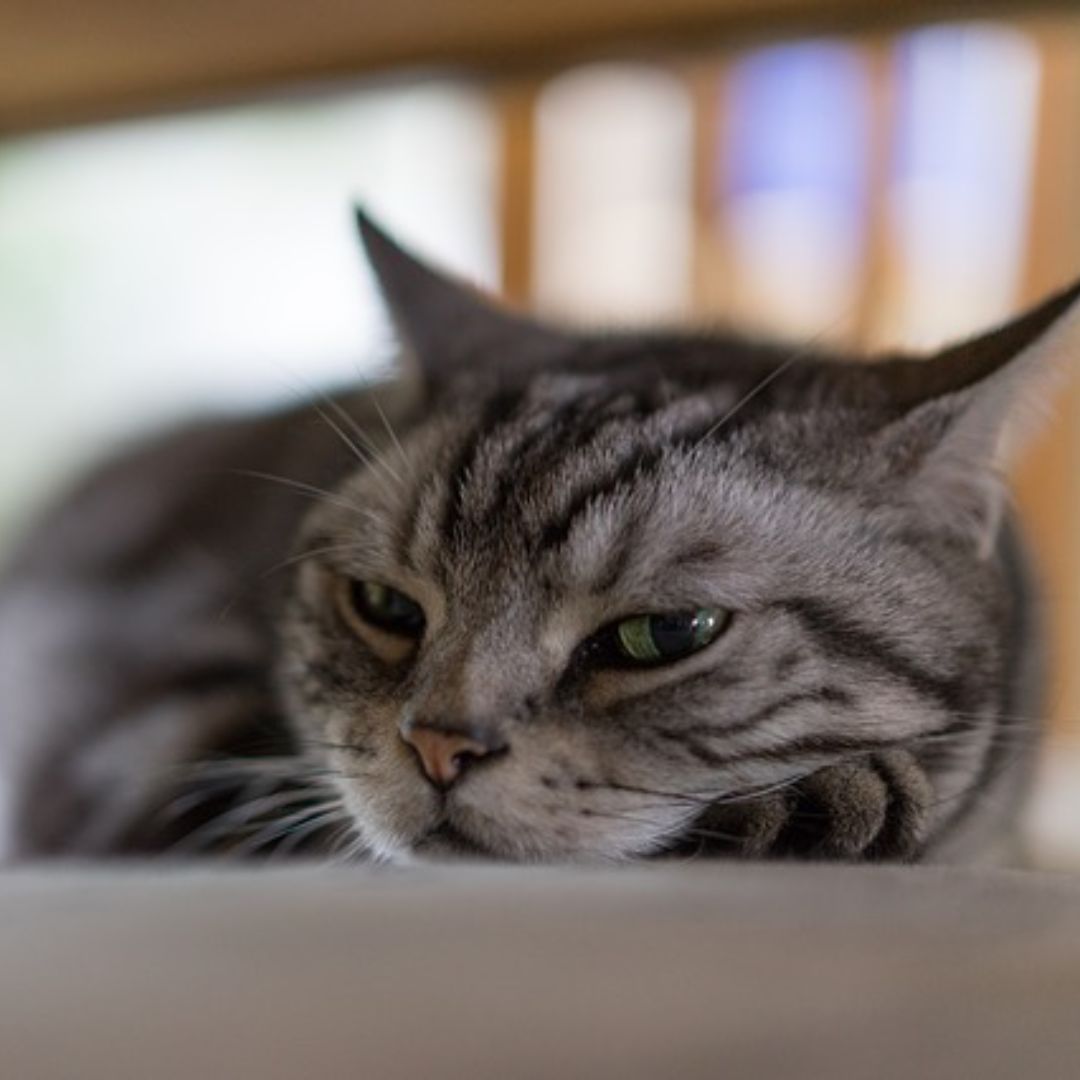
Why Are Cats So Aloof?
Share
Cats, those enigmatic and graceful creatures, have long fascinated and perplexed humans with their seemingly aloof demeanor. As any cat owner can attest, these feline companions possess an air of independence and an inscrutable nature that sets them apart from other domesticated pets. But what lies beneath this veil of aloofness? Why do cats often exhibit behaviors that are interpreted as detached or distant?
To understand the aloofness of cats, one must delve into their evolutionary history. Unlike dogs, which were domesticated through selective breeding for specific traits, cats largely domesticated themselves. Thousands of years ago, wild cats began frequenting human settlements in search of prey, taking advantage of the rodents attracted to human food stores. Over time, they formed a mutually beneficial relationship with humans, yet retained their solitary and independent nature.
The independent nature of cats traces back to their origins as solitary hunters. Wildcats, from whom domestic cats descend, were naturally solitary animals. Their survival relied on adept hunting skills and safeguarding their territory. This instinct for solitude, deeply embedded in their genetic makeup, persists in their behavior despite coexisting with humans.
Another aspect contributing to a cat's aloofness is their unique way of communicating. Cats have a complex language of their own, relying on subtle body cues, vocalizations, and scent marking. Unlike dogs, which often openly display affection and seek constant interaction, cats communicate their emotions and needs in more nuanced ways. Their aloof behavior might simply be a result of misinterpretation; what humans perceive as aloofness could be a cat's way of feeling comfortable or content.
Moreover, cats are highly sensitive to their environment. Changes in routine, unfamiliar scents, or loud noises can easily unsettle them. In response, they may retreat or display behaviors that seem standoffish as a coping mechanism. This sensitivity to stimuli often gets misconstrued as aloofness when, in reality, it's their way of managing stress or discomfort.
The concept of personal space holds significant importance for cats. While some cats might enjoy cuddling and being in close proximity to their owners, others prefer their space and autonomy. Respect for their boundaries is crucial in understanding their behavior. Cats might withdraw or appear aloof if they feel their personal space is being invaded or if they're overwhelmed by attention.
It's essential to recognize that each cat has its own personality. While some cats might exude aloofness, others can be incredibly affectionate and outgoing. Factors such as breed, upbringing, socialization, and individual experiences contribute to their unique personalities.
As cat owners, understanding and respecting their nature is key to nurturing a harmonious relationship. Creating a conducive environment that allows cats to express their natural behaviors is crucial. Providing hiding spots, elevated perches, interactive toys, and regular play sessions can help them feel secure and engaged while honoring their need for independence.
Additionally, spending quality time bonding with your cat on their terms can foster a stronger connection. Offering them the choice to initiate interactions and respecting their cues for attention can bridge the gap between perceived aloofness and mutual understanding.
In conclusion, the perceived aloofness of cats is deeply rooted in their evolutionary history, natural instincts, and communication methods. Rather than interpreting their behavior as standoffishness, it's important to appreciate and respect their individuality and unique way of interacting with the world around them. By understanding their needs and honoring their autonomy, we can cultivate meaningful and fulfilling relationships with these mysterious yet beloved companions.
